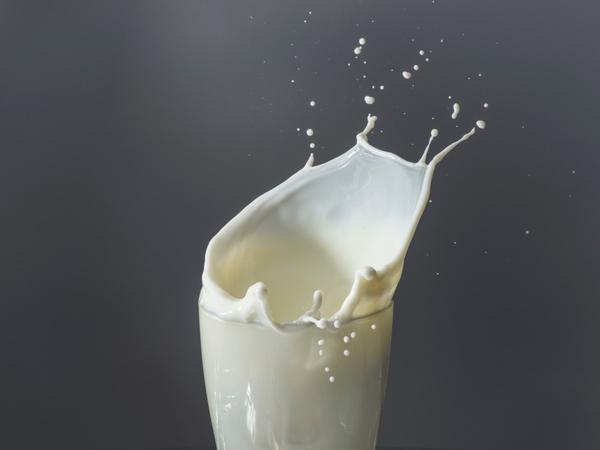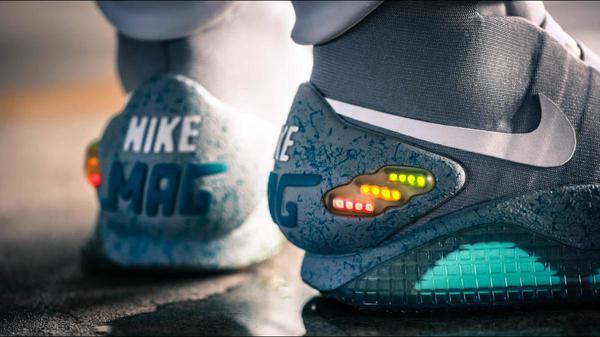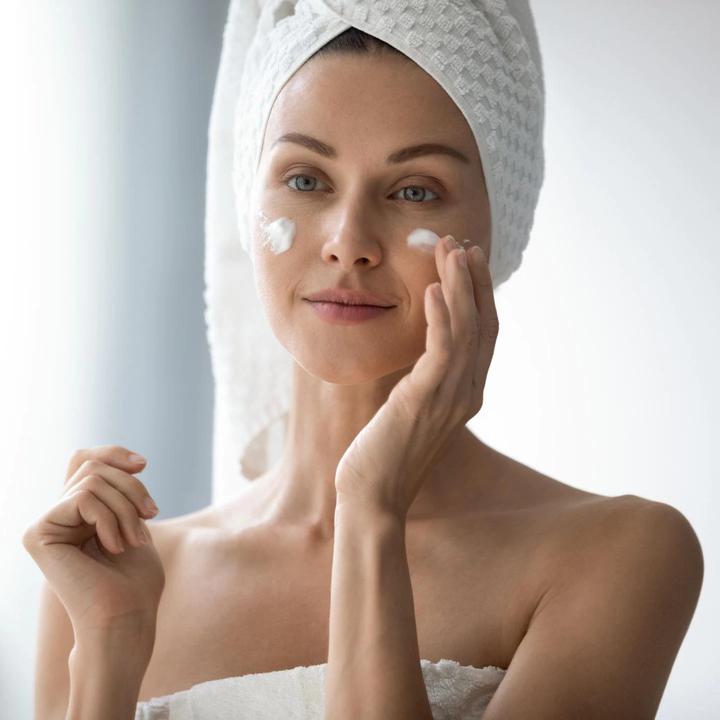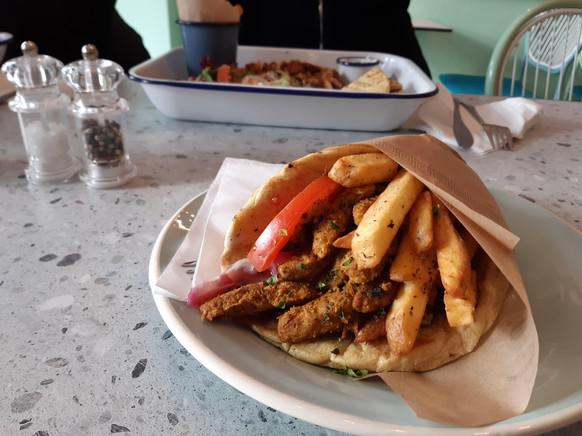
Pimples, wrinkles, veins...
By STYLEBOOK | February 04, 2021 at 2:23 p.m
Too much sugar, too much wine - poor nutrition is often reflected in the face. Pimples and impure skin, but also wrinkles can be the result. The holistic physician Dr. Nigma Talib explains how eating and drinking habits affect our skin and what to do about it.
"You are what you eat" - a famous quote from the German philosopher Ludwig Feuerbach. Nowadays, we think primarily of a responsible attitude towards our food, but there is much more to this saying. Because: Our face can say a lot about our diet.
"The second a patient walks into my clinic, I can tell what foods she's overeating or drinking," explains Dr. Nigba Talib, holistic doctor and author, told the "Daily Mail." A glance at the face is often enough to draw conclusions about nutrition, the doctor continued. For example, someone who regularly reaches for a wine glass has a “wine face” for them, and someone who consumes a lot of lactose has a “milk face.” In her book “Reverse the Signs of Aging”, Talib explains which diet for a Wine, Dairy, Sugar and Gluten Face Speak. We have compiled the most important points.
What face do you have?
The Wine Face
symptoms
Visible wrinkles, veins and/or redness between the eyes, drooping eyelids, enlarged pores, dry and cracked skin, reddened cheeks and a noticeably deep nasolabial fold.
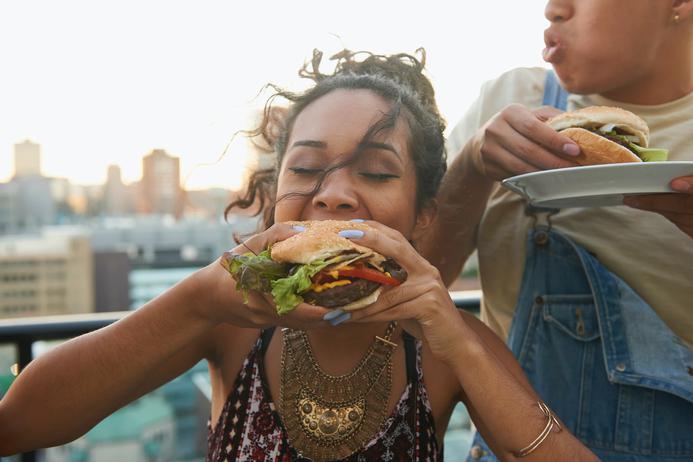
This is what the wine face says about nutrition
Wine, like other alcohol, robs the skin of moisture, making wrinkles deeper and more visible. In addition, the sugar it contains attacks the body's own protein building block, collagen, which normally ensures good skin elasticity. Because alcohol stimulates blood circulation, the small capillaries dilate. The result: reddish shimmering veins under the skin's surface.
Talib explains the redness or furrows between the eyes using the face-mapping principle*: The facial region here is directly connected to the liver, the main alcohol breakdown site in the body.
*Talib works with face mapping theory, an important analysis tool in modern and Chinese medicine. It is based on the fact that different facial regions are related to specific organs. Depending on what Talib sees, she assesses the state of health of her counterpart, as she can trace skin changes on her face to specific causes such as diet.
solution
Talib recommends taking a three-week break from alcohol to allow the intestinal flora to recover. If you then feel like a glass of wine again, you should rely on low-sugar grape varieties such as Sauvignon Blanc, Pinot Grigio, Merlot or Pinot Noir.
Also interesting: Alcohol as a calorie bomb? 8 tips on how wine, beer and co. do not make you fat
The Milk Face
symptoms
Puffy eyelids, bags and black circles under the eyes, white spots and pimples on the chin.
This is what the milk face says about nutrition
The enzyme that is responsible for processing lactose in the body is produced less with age, and in some people it eventually disappears completely. According to Talib, lactose intolerance is also possible if it could not be proven in an earlier study. If you continue to eat lactose, it leads to inflammation in the body, which shows up as redness and swelling around the eyes. Furthermore, cow's milk contains many hormones from the rearing of the animals. These are supposed to stimulate the production of the sebum glands, which promotes skin impurities and pimples.
solution
Replace dairy with lactose-free, soy, almond, or oat-based alternatives for a while and see how your skin reacts.
Also interesting: The positive effects of oat bran on health (via FITBOOK)
The Sugar Face
symptoms
Wrinkles and deep furrows on the forehead, bags under the eyes, tired and sunken skin, pustules all over the face, thinning skin and an overall rather gray, sallow complexion.
Also interesting: How healthy are MSM capsules for skin and hair?
This is what the sugar face says about nutrition
Refined carbohydrates, such as from wheat flour, white rice or sweets, are quickly converted into sugar in the body. The excess sugar attaches itself to the collagen, which slows down cell renewal. This makes the skin look older and saggy faster. "Especially under the eyes because the skin is particularly thin here," explains Talib. If you overdo it with sugar intake, you cause an insulin imbalance in your body, which puts a strain on the adrenal glands. This can be seen from the sparse eyebrows.
solution
Avoid sugar as much as possible for three months. Only then can it be seen whether there is a connection between nutrition and said symptoms.
The Gluten Face
symptoms
Puffy, red cheeks, pigment spots and blemishes on the chin.
This is what the gluten face says about nutrition
Those who do not know that they suffer from gluten intolerance and continue to eat gluten fuel inflammatory reactions in the body. "That's why the face looks bloated and pathologically red." According to Talib, this should also lead to increased cell activity and stronger pigmentation, more precisely dark spots in the chin region.
solution
True celiac disease would be a serious diagnosis that needs to be confirmed by a specialist and treated in a targeted manner. But there are also gradations, such as slight and perceived gluten intolerance. So why not dare the self-test? Just cut out foods containing gluten for a while and see if the symptoms go away. If that's good for you, you can keep the low-gluten lifestyle.
With material from dpa


